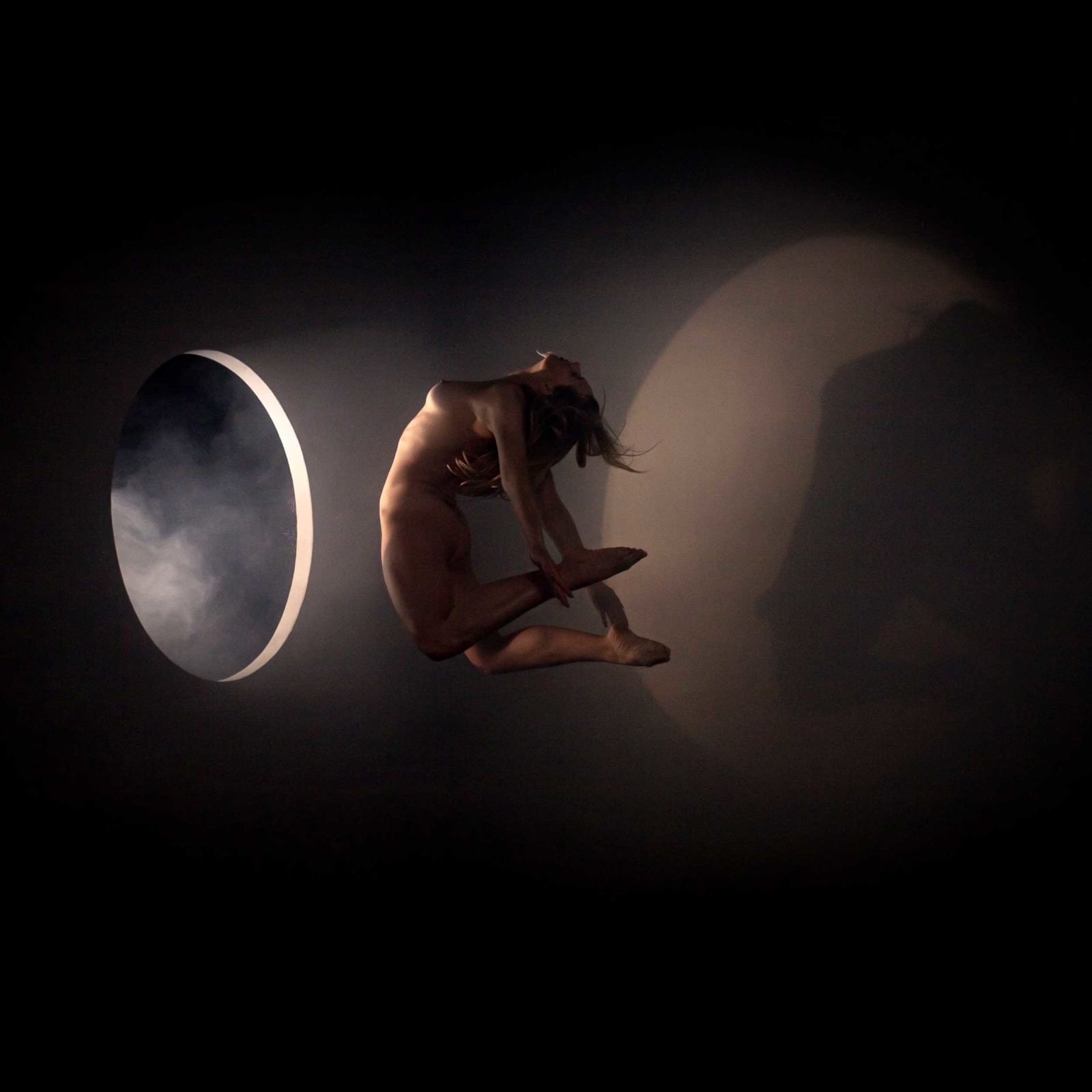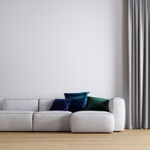FERMÉ du 28 novembre au 13 décembre
Jeff Robb British, 1965
Threshold I, 2021
Série: Threshold
Lenticular print
120 x 120 cm
47 1/4 x 47 1/4 in
47 1/4 x 47 1/4 in
Edition of 6 plus 2 artist's proofs
Plus d'images
It is said that the Ancient Greeks perfected the nude in sculpture so that man had some sense of what it felt like to be a god. Jeff Robb’s two...
It is said that the Ancient Greeks perfected the nude in sculpture so that man had some sense of what it felt like to be a god. Jeff Robb’s two new series of lenticular photographs, Threshold and Juno, seem to have a similar aim. In a spirit of optimism and a search for perfection, Robb shows us the human figure triumph – buoyant, miraculously balanced in mid-air, with unrestrained energy and apparently infinite powers of movement.In both series, drapery adds to the drama. It emphasizes the stretch or twist of the body. It hides the body – and yet reveals it in beautiful and unanticipated ways. It creates rhythmic lines that carry the eye through the picture. In some images, it generates waves of motion, suggesting an unstable figure struggling against forces of the universe. In most images, though, it seems to give the figure wings, to help it rise above the turbulence to a place of serenity.Indeed, in the Threshold series, it is hard not to see the references to resurrection and ascension in these images. We sense a liberation from this world, an ecstasy of flight. Each figure seems to rise, transported to the light of the portal. In several images, celestial clouds emanate from the portal, seemingly holding the body in suspension.On the right of each image, the shadow of the figure is contained within an ellipse of light thrown through the circular portal. Surely this is a deliberate allusion to the mandorla, the almond-shaped pool of light that surrounds Christ in glory or in ascension in so many medieval paintings.One model has her arms outstretched, as if she is tied to an invisible cross. In two extraordinary images, the models’ bodies are pulled back like bows, seemingly in surrender to the greater power beyond the portal. In Ascent of the Blessed (c.1505), Hieronymous Bosch depicted rapt human souls being pulled through a dark sky to a disk of light, very similar to Robb’s portal.Threshold seems to be an ascent for modern world. Through the alchemy of art, we are taken to a threshold between the human and the god-like, between liquid motion and solid flesh, between the mutable and the immutable, between the immediate and the eternal.And if these are images of ascension, is it too fanciful to see the shadow of the figure in the ellipse as an image of the soul awaiting reunion with body in paradise? Perhaps we are actually witnessing metempsychosis? Plato tells how Er miraculously returned from the otherworld, having seen souls transmigrate – including Orpheus’s soul changing into a swan and Thamyras becoming a nightingale. In Threshold, in the heavenly light of the portal, are the souls of models also transmigrating? Certainly the elegant, uninhibited flow of the body of each figure suggests an animal grace, strength and beauty.~ Mathew Rake







